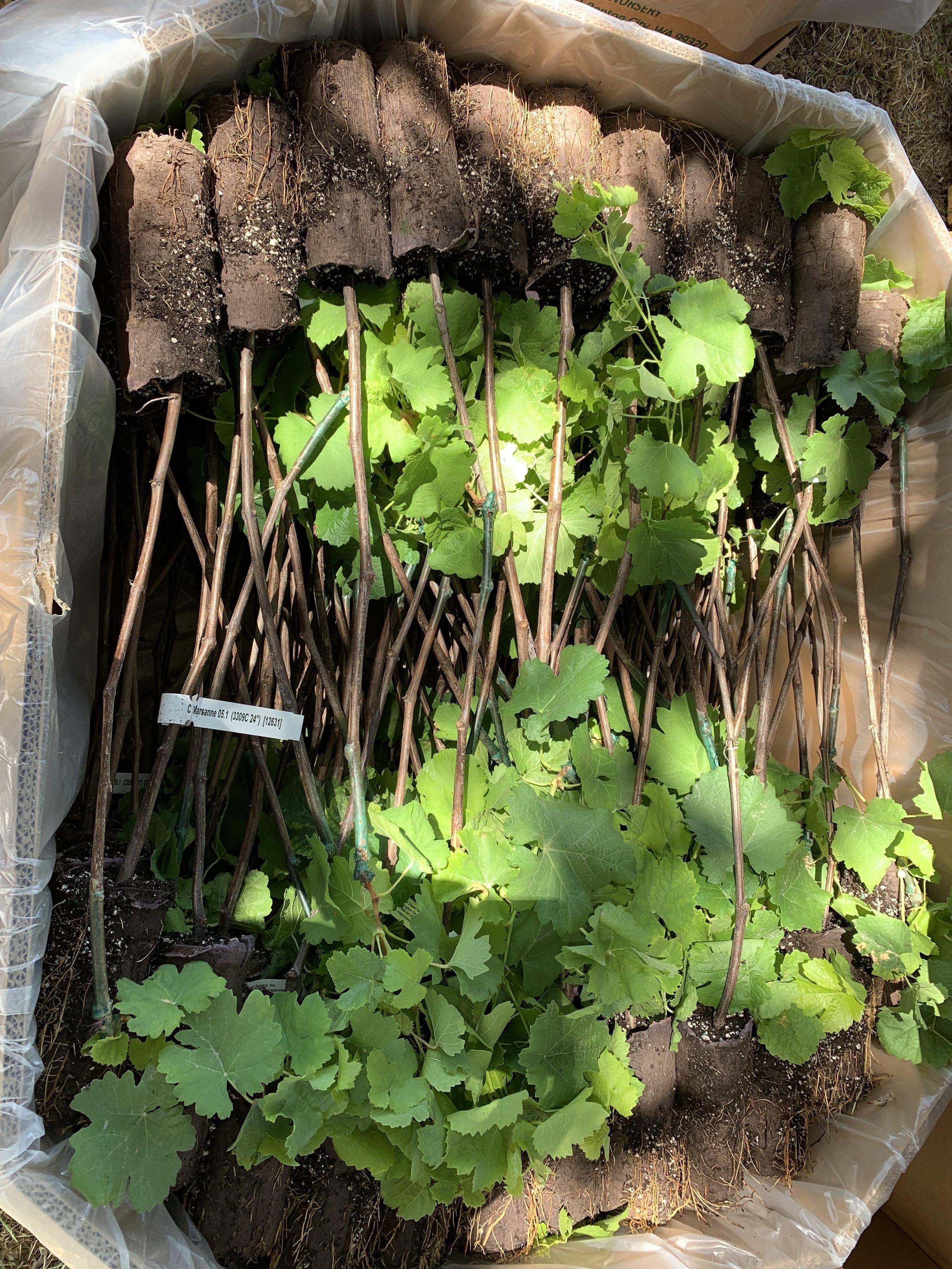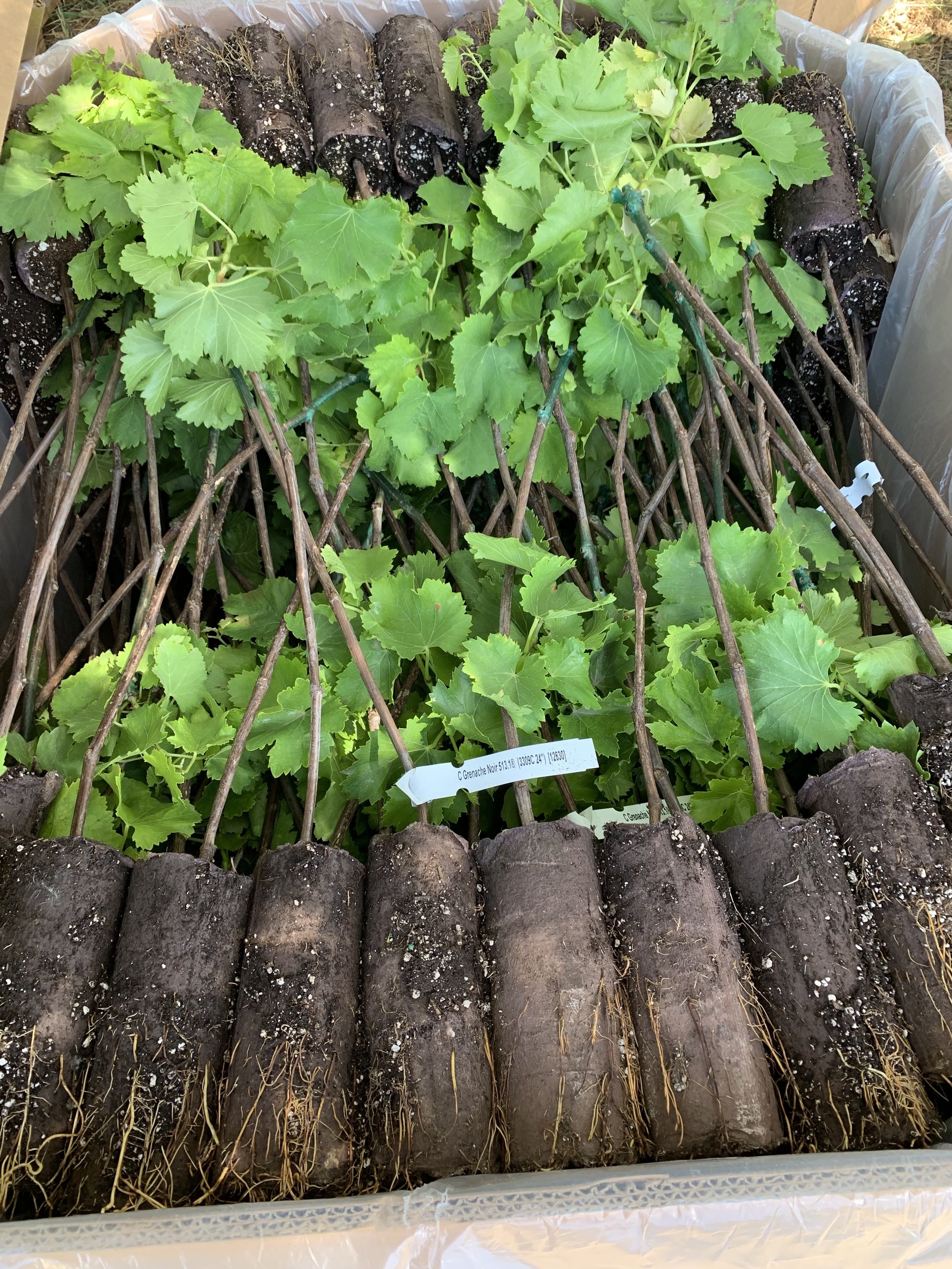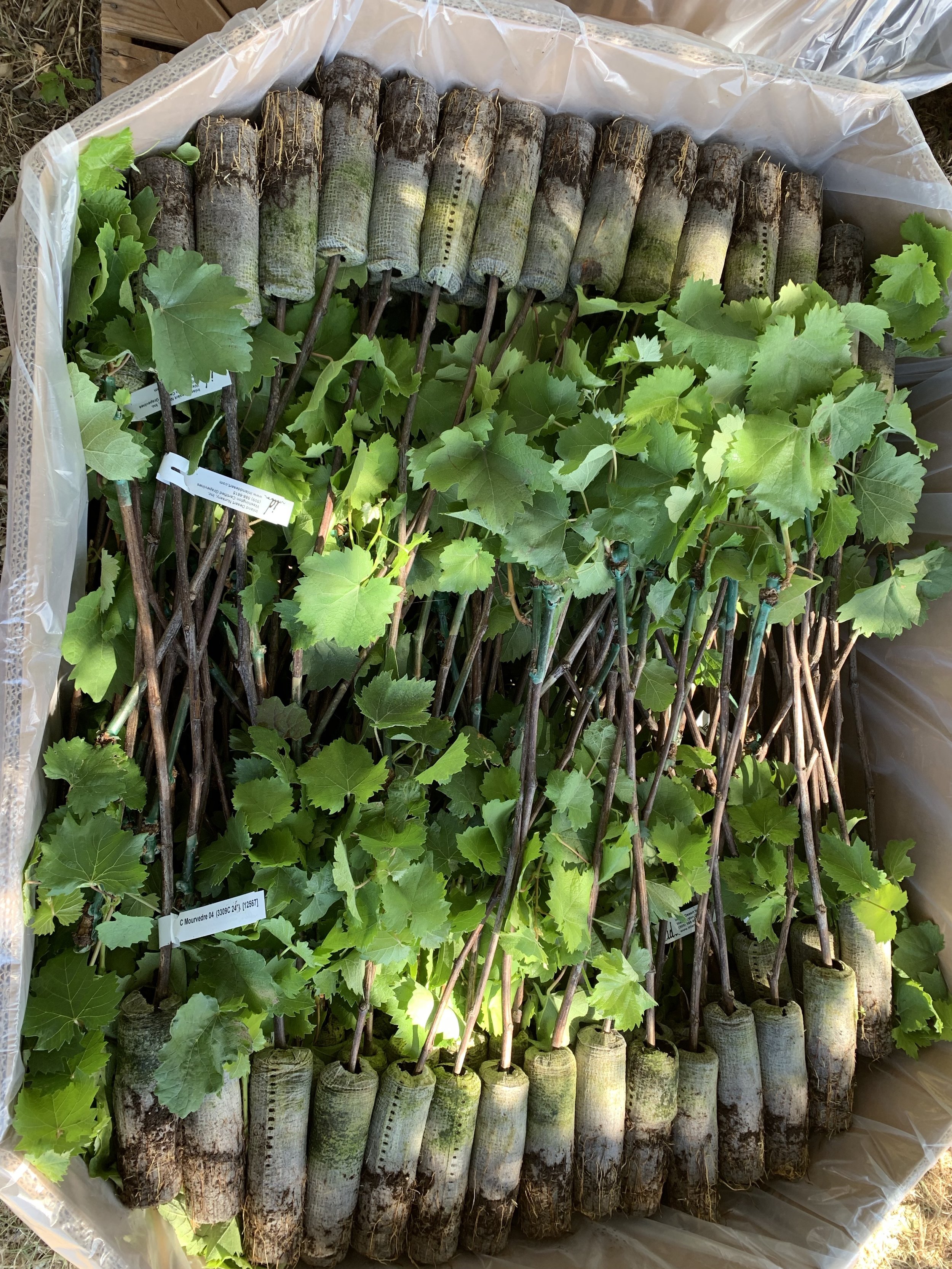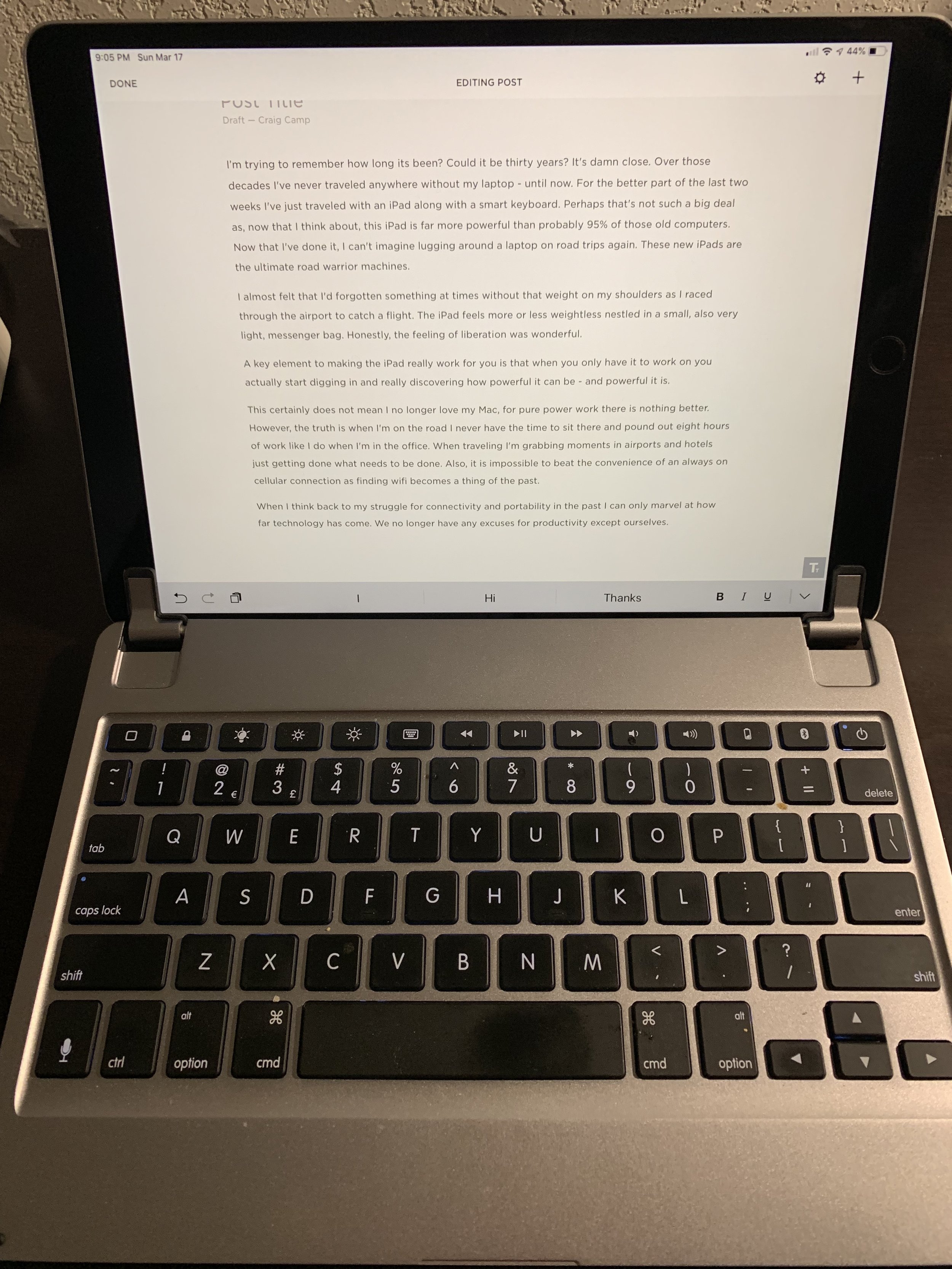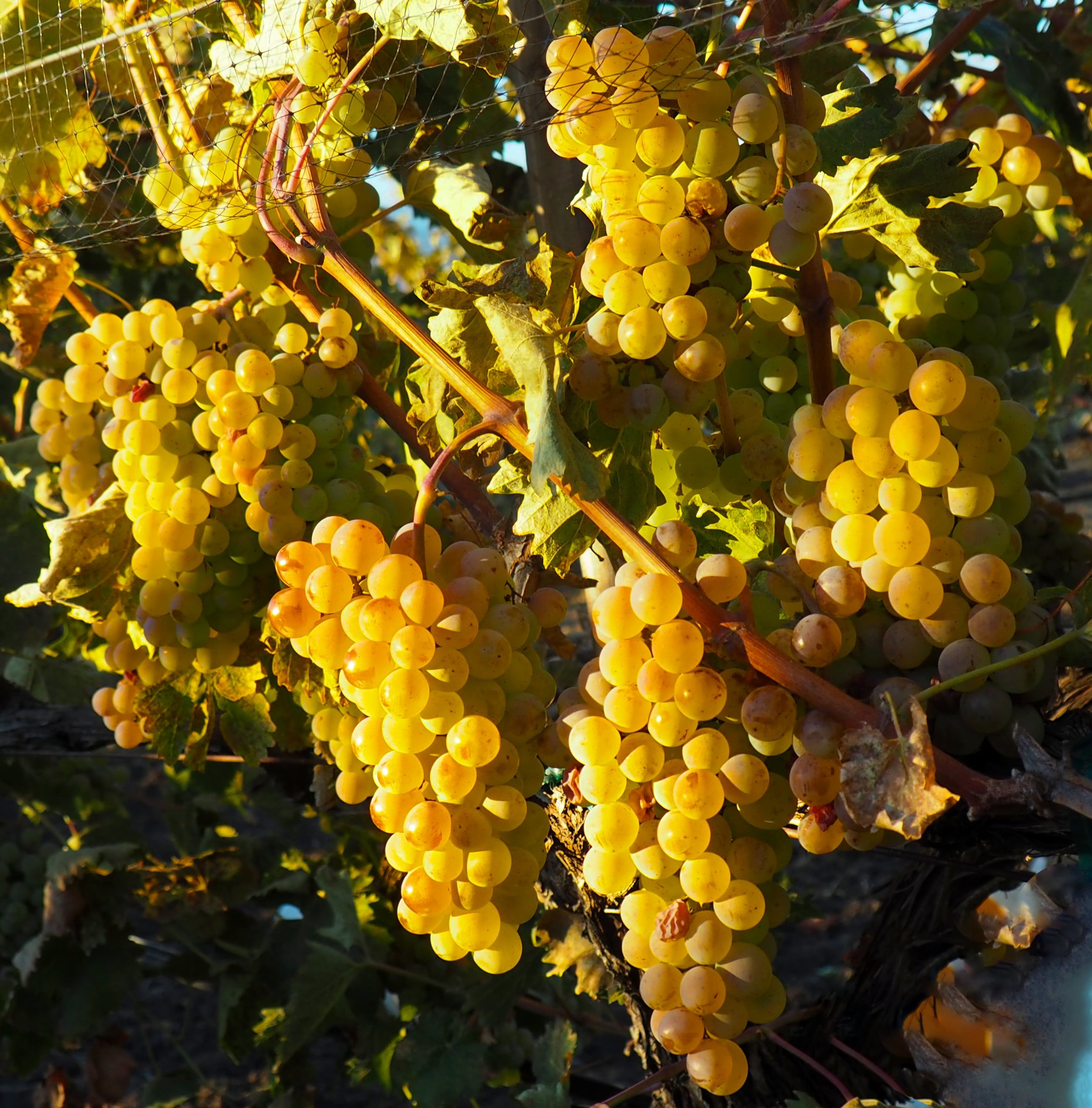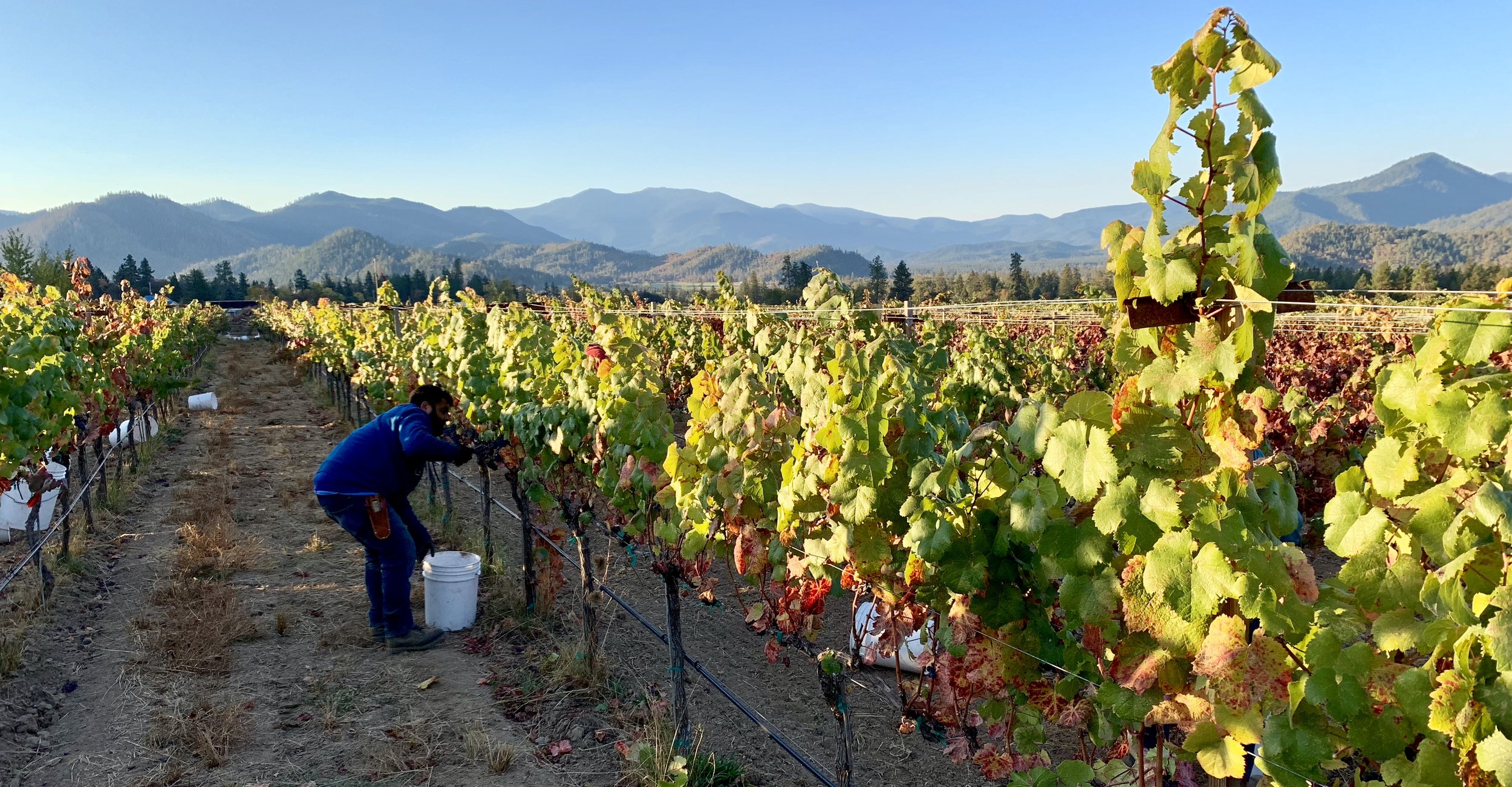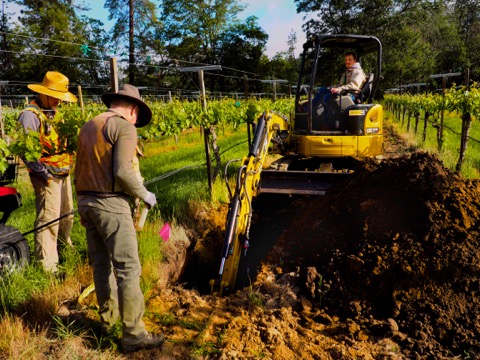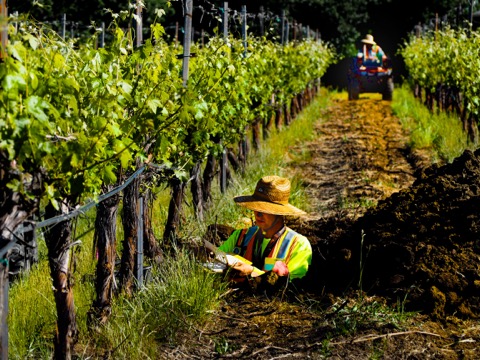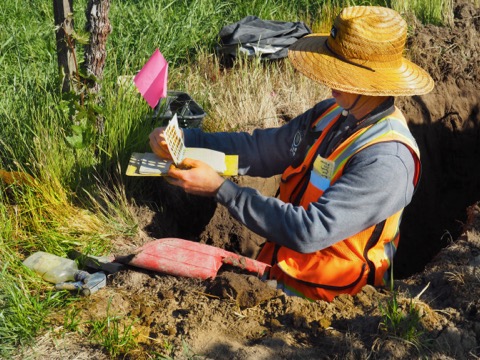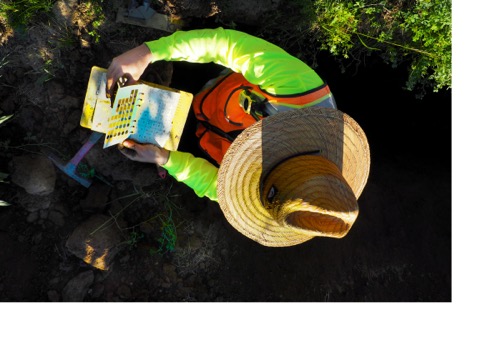The 500 Milestone
Troon winemaker Nate Wall filling cow horns with fresh organic manure
You start with dung and end with humus. Newton was right, alchemy exists. What was worthless becomes gold. A concentrated collection of fungi and bacteria to inoculate our soils. This is not magic, just good bugs.
We mark significant progress towards goals by celebrating milestones, events that measure our progress. Milestones should be recognized and remembered as you strive towards your goal. Some milestones are hard to measure, but in this case the achievement was very clear. Six months ago at Troon Vineyard we placed raw manure into some cow horns and last week we dug them up and out came soil - humus. The production of your first BD 500 is always a milestone for a Biodynamic farmer.
Why do you have to bury the manure in cow horns? The honest answer is that we don’t know, but we do know that no other container has successfully transformed manure into this important soil inoculate. Maria Thun, in her seeming endless research on all things Biodynamic tried to use other containers, but none produced the same results. For whatever reason, the cow horns are the only known container that transforms raw manure to the rich humus that is BD 500. Rudolf Steiner thought the cow horns channeled the power of the Universe into the manure. Personally, I believe that fermenting manure does not require quite that much energy. The fungi and bacteria are already here just waiting to do their jobs if given the proper opportunity. Right now, the cow horns do the best job of creating just the right environment for them to do their work. Perhaps in the future other containers will be discovered.
The process of making BD 500 is actually quite simple. Last fall we gathered some very, very fresh cow manure from the pastures of Noble Dairy, our organic next-door neighbor (a great project for our harvest interns) and simply filled the cow horns with the fresh manure. The cow horns themselves came from the Josephine Porter Institute, perhaps the premier supplier for the Biodynamic farmer. Then we buried them last fall and dug them up early this summer. The transformation may seem magical, but it’s not as this is what the microbes in our soil do and all we did was provide them an opportunity to do their work in particularly pleasant conditions.
So often we use mystical excuses to explain things we do not understand and there is still a lot we do not understand. Science and agriculture have had a difficult relationship. All too often, most scientific research focused on simply making more as bigger harvests promise more profit. The situation worsened as Big Ag took over the world. Quantity not quality generated the funding for most research with predictable results. In his book The Third Plate, chef Dan Barber relates the tale of university researchers being offered commissions by Monsanto to create wheat that was resistant to Roundup so that more of their product could be applied to grain on the way to a bakery near you.
Fortunately, things are changing and the microbiome of soil is the hot “new” topic being pursued by researchers. Many think what winegrowers have been calling terroir for centuries is actually more defined by the soil’s microbiome than the type of soil the vine is growing in. One thing for sure is that vines cannot take their nutrition from the soil without their mycorrhizal partners. The goal of Biodynamic farming is to build this natural balance in our soils. Healthy vines can handle many of the things Mother Nature throws their way without our help. In fact, often “our help” makes things worse for them. For some reason, we humans assume we know more about ripening grapes than grapevines do.
After harvest this fall, our own BD 500 will be applied to our soils. There are those in Biodynamics that believe elemental beings are at work among their plants. I believe in them too. However, not the gnomes and such that some followers of Steiner believe in. The real elemental beings are the fungi and bacteria that work the real magic in the vineyard and are elemental to life itself. When we apply BD 500 to our soils we are just bringing more of those elemental beings to the party.
Milestones are worthy of celebration and rituals. As a group, we gathered to fill and bury our horns and then again when we dug up the finished BD 500. We will all gather and celebrate again when we apply our own BD 500 to our vineyard this fall. We all come together to celebrate our milestones as we bring Troon Vineyard back to life.
In Biodynamics, the people are elemental beings too.
Freshly filled cow horns being prepared to be buried








